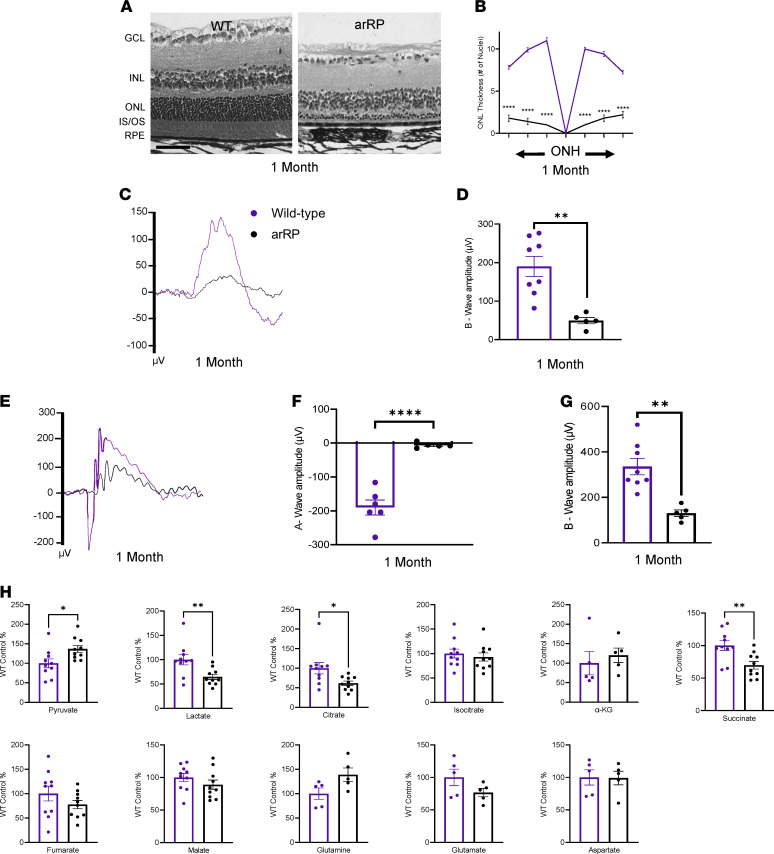Figure 1. Metabolite profiling of the neural retina shows a decrease in TCA cycle intermediates in a model of arRP.
(A) Retinal histology shows a loss of the photoreceptors (ONL) in the arRP mouse compared with a WT control. Scale bar: 50 μm. (B) Morphometric quantification of ONL thickness spanning from the ONH as measured by number of cell nuclei in each region of the retina for a WT mouse (purple) and an untreated arRP mouse (black). n = 3 eyes each group, with multiple counts per eye. Analyzed by multiple 2-tailed t tests with the Holm-Sidak method to correct for multiple comparisons. (C) Representative average traces from a scotopic ERG at a –1.1 log cd•s/m2 flash intensity. (D) Quantification of the b-wave amplitude shows a significant reduction in visual response for the arRP mice compared with WT controls. (E) Representative average traces from a scotopic ERG at a 2.5 log cd•s/m2 flash intensity. (F) Quantification of the a-wave amplitude shows a significant reduction in visual response for the arRP mice compared with controls. (G) Quantification of the b-wave amplitude shows a significant reduction in visual response for the arRP mice compared with controls. n = 8 eyes for WT, n = 5 eyes for arRP. (H) Mass spectrometry for the relative abundance of TCA cycle intermediates in the neural retinas from WT and arRP mice at 1 month of age. n ≥ 10 retinas. Data are represented as mean ± SEM. ERG and mass spectrometry data analyzed by student’s t test. *P < 0.05; **P < 0.01; ****P < 0.0001. TCA, tricarboxylic acid; arRP, autosomal recessive retinitis pigmentosa; ONL, outer nuclear layer; ONH, optic nerve head; GCL, ganglion cell layer; INL, inner nuclear layer; IS/OS, inner and outer segments; RPE, retinal pigment epithelium; ERG, electroretinogram.

